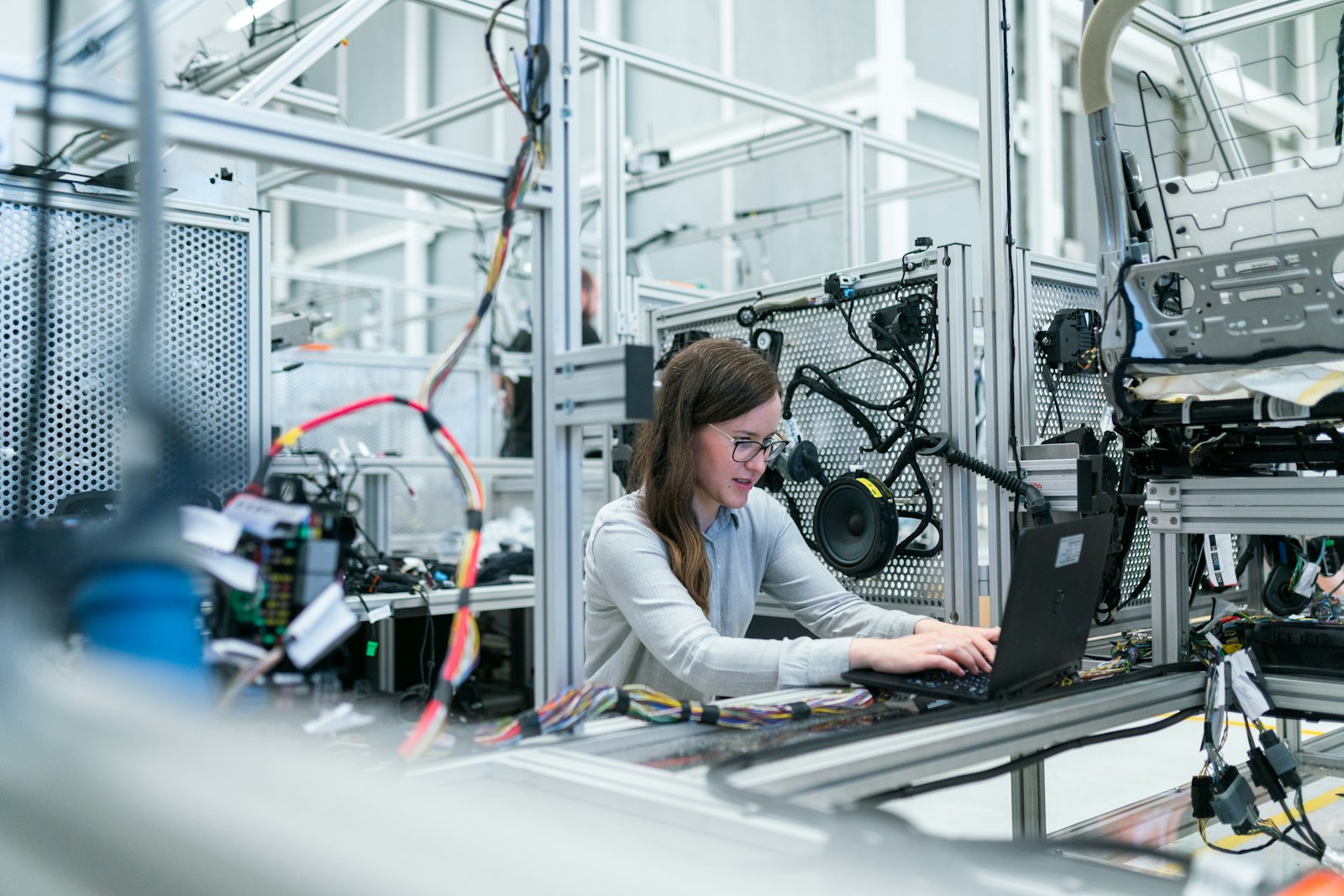In the rapidly evolving landscape of the 21st century, technological advancements, particularly in Artificial Intelligence (AI), have significantly altered the fabric of various industries. As we step into 2024, one of the most discussed aspects of this transformation is the displacement of jobs by AI technologies. While this shift presents challenges, it also opens doors to a multitude of opportunities. This blog post delves into the dynamics of AI job displacement and explores how individuals and organizations can navigate this change to uncover greater opportunities in 2024.

Understanding AI Job Displacement
AI job displacement occurs when tasks previously performed by humans are automated through AI technologies, leading to a transformation in the job market. Industries such as manufacturing, customer service, and even creative sectors are witnessing a surge in automation. However, it’s crucial to approach this transformation with a nuanced understanding.
The Positive Side of Disruption
While the notion of job displacement may seem daunting, it’s important to recognize the positive outcomes of this disruption. AI automation can take over repetitive and hazardous tasks, leading to a safer and more efficient work environment. Moreover, this shift encourages the workforce to engage in more complex and creative tasks, where human intelligence and empathy are irreplaceable.
Embracing Change: How to Leverage AI Displacement
Upskilling and Reskilling
One of the most effective strategies to capitalize on AI job displacement is through upskilling and reskilling. Individuals should focus on acquiring new skills that are in demand in a digitized economy, such as data analysis, AI programming, digital marketing, and cybersecurity. Employers play a critical role in this transition by providing access to training programs and fostering a culture of continuous learning.
Pioneering New Careers
AI not only displaces jobs but also creates them. New career paths are emerging at the intersection of technology and various sectors. Jobs like AI ethicists, robot trainers, and data annotation specialists are becoming more prevalent. These roles offer the chance to pioneer in fields that are at the forefront of technological innovation.
Entrepreneurial Opportunities
The advancements in AI open up a plethora of entrepreneurial opportunities. From developing AI-driven applications to offering consultancy services for businesses aiming to integrate AI, the potential for innovation is boundless. Embracing an entrepreneurial mindset allows individuals to create their niches within the AI ecosystem.
Fostering a Digital Mindset
To thrive in the era of AI, adopting a digital mindset is key. This involves being open to change, continuously learning, and leveraging digital tools to enhance productivity and creativity. Cultivating a digital mindset empowers individuals to navigate the challenges and opportunities presented by AI with confidence and agility.
The Role of Governments and Educational Institutions
The transition towards a more AI-integrated world requires concerted efforts from governments and educational institutions. Policies aimed at supporting workforce transition, such as unemployment benefits for those undergoing retraining, tax incentives for businesses investing in employee upskilling, and the development of curricula that align with future job markets, are crucial.
The Global Perspective on AI and Job Displacement
Globally, the impact of AI on jobs varies significantly across regions and industries. Developing countries, where manual labor is more prevalent, might face more considerable challenges, underscoring the need for international cooperation in providing technological and educational support.
Success Stories: From Displacement to Opportunity
Numerous success stories demonstrate how individuals and companies have turned AI displacement into opportunities. For example, a former manufacturing worker who retrained as a data analyst, or companies that pivoted to AI-based services, thereby not only surviving but thriving in the new landscape.
Conclusion
As we navigate through 2024, the narrative around AI job displacement should not be one of doom and gloom but rather one of optimism and opportunity. By embracing change, upskilling, and innovating, individuals and organizations can transform challenges into stepping stones towards a more prosperous and fulfilling future. The journey through the AI transformation is complex and multifaceted, but with the right mindset and strategies, the potential for growth and success in this new era is immense.
In conclusion, the evolution of AI presents a dual-edged sword, with challenges in job displacement on one side and a myriad of opportunities on the other. By adopting a proactive approach—focusing on education, skill development, and innovation—we can ensure that the future of work is not only secure but also more enriching and inclusive than ever before. Embracing the future means recognizing the potential of AI to enhance human capabilities and open up new horizons for personal and professional growth in 2024 and beyond.
Alex is a passionate tech and finance writer, bringing a blend of energy and expertise to the world of blogging. With a deep interest in cutting-edge technology and financial trends, Alex delves into the latest innovations, offering insights and analysis that resonate with both tech enthusiasts and finance-savvy readers. His curiosity extends to exploring how these two worlds intersect, from emerging fintech solutions to the broader impact of technological advancements on the economy. When he's not writing, you'll find Alex at the gym, fueling his love for fitness, or immersed in the latest video game. Through his posts, Alex aims to share his enthusiasm and knowledge, helping readers navigate the fast-paced worlds of tech and finance.
